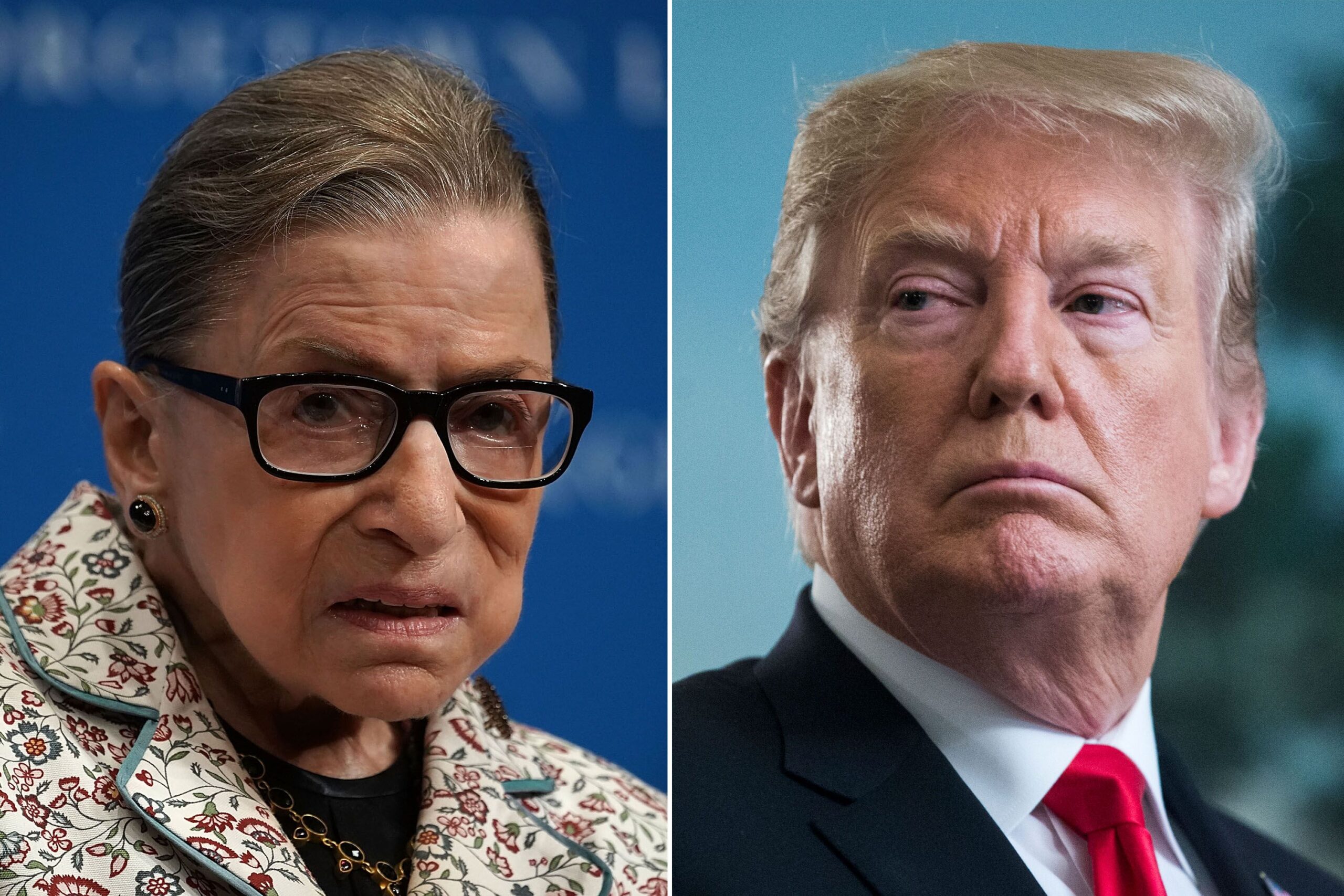PRO: Trump should be allowed to nominate a new justice

Supreme Court Justice Ruth Bader Ginsburg, an advocate for women’s rights and gender equality throughout her entire career, lost a decades-long battle with pancreatic cancer Sept. 18. She wrote decisions on abortion law, pay discrimination cases and brought balance to the Supreme Court as one of four liberal-leaning justices out of nine.
People are now debating whether President Donald Trump should be able to appoint the next justice, seeing how it would give Republicans a 6-3 majority on the Supreme Court.
It is a constitutional right for the president to nominate a justice whenever he or she pleases, according to Article 2, Section 2 of the Constitution. The law of the land should be upheld regardless of the current political climate.
Besides, a Republican majority on the Supreme Court might not be as damaging to politics as many would presume. Trump securing a majority could keep checks and balances in place if Democrats win control of Congress, which is projected to happen, according to international weekly magazine The Economist.
The Economist made a model to project how secure each seat is in the Senate for each party. As of Sept. 23, the model projects a 63 percent chance that the Democrats will take control of the Senate in the upcoming election, holding 51 seats and also maintaining their majority in the House.
Trump has a lot to consider in a fairly short time span, with Ginsburg’s passing occurring only 46 days before the Nov. 3 election. Although the average time to appoint a justice is around 68 days, according to a Sept. 19 Washington Post article, presidents have worked with tighter time frames in the past. Former President Bill Clinton took 42 days to get Ginsburg’s 1993 nomination confirmed by the Senate and former Supreme Court Justice John Paul Stevens’ confirmation took 19 days after President Gerald Ford nominated him in 1975.
Republicans are now working on getting a vote in for Trump’s upcoming nominee when they held a much different stance four years ago.
When former President Barack Obama attempted to appoint a nominee in 2016 after the late Justice Antonin Scalia passed in February of that year, according to a 2020 CNN article, he was blocked for 11 months by the same senator who recently announced that Trump will get his vote — Senate Majority Leader Mitch McConnell.
In the 2016 Senate blocking, McConnell cited what Obama’s vice president, Joe Biden, said in a 1992 Senate floor speech as reason to block Obama from appointing the next nominee in an election year, called the “Biden Rule.”
“Once the political season is underway, and it is, action on a Supreme Court nomination must be put off until after the election campaign is over,” Biden said.
McConnell also pointed out that there hadn’t been an approved justice from an opposing party in almost 130 years.
“The Senate has not filled a vacancy arising in an election year when there was a divided government since 1888,” he said about Obama’s nomination.
Now, McConnell is trying to justify his hypocrisy by racing against the clock to get a new justice on the Senate floor.
Although McConnell and other prominent Republicans are obviously playing politics, at the end of the day it’s Trump’s constitutional decision on who to nominate and when to nominate them.
Trump tweeted on Sept. 22 that he will make an announcement Saturday at the White House on whom he will nominate. The nominee is likely to be approved by the Senate with the majority vote.
However difficult this may be for Democrats and regardless of Republican insincerity, it is clear that Trump wields the power of nominating the next Supreme Court justice.







